Disclosure: Joyfully Domestic may earn a commission for purchases made after clicking links on this page. View our disclosure policy for details.
In this post, I’m sharing how we learn Shakespeare in our Classical homeschool. Plus, I have some of our favorite resources included.
Like many of you, I had my first exposure to Shakespeare in the high school and college years. But a Classical education is different.
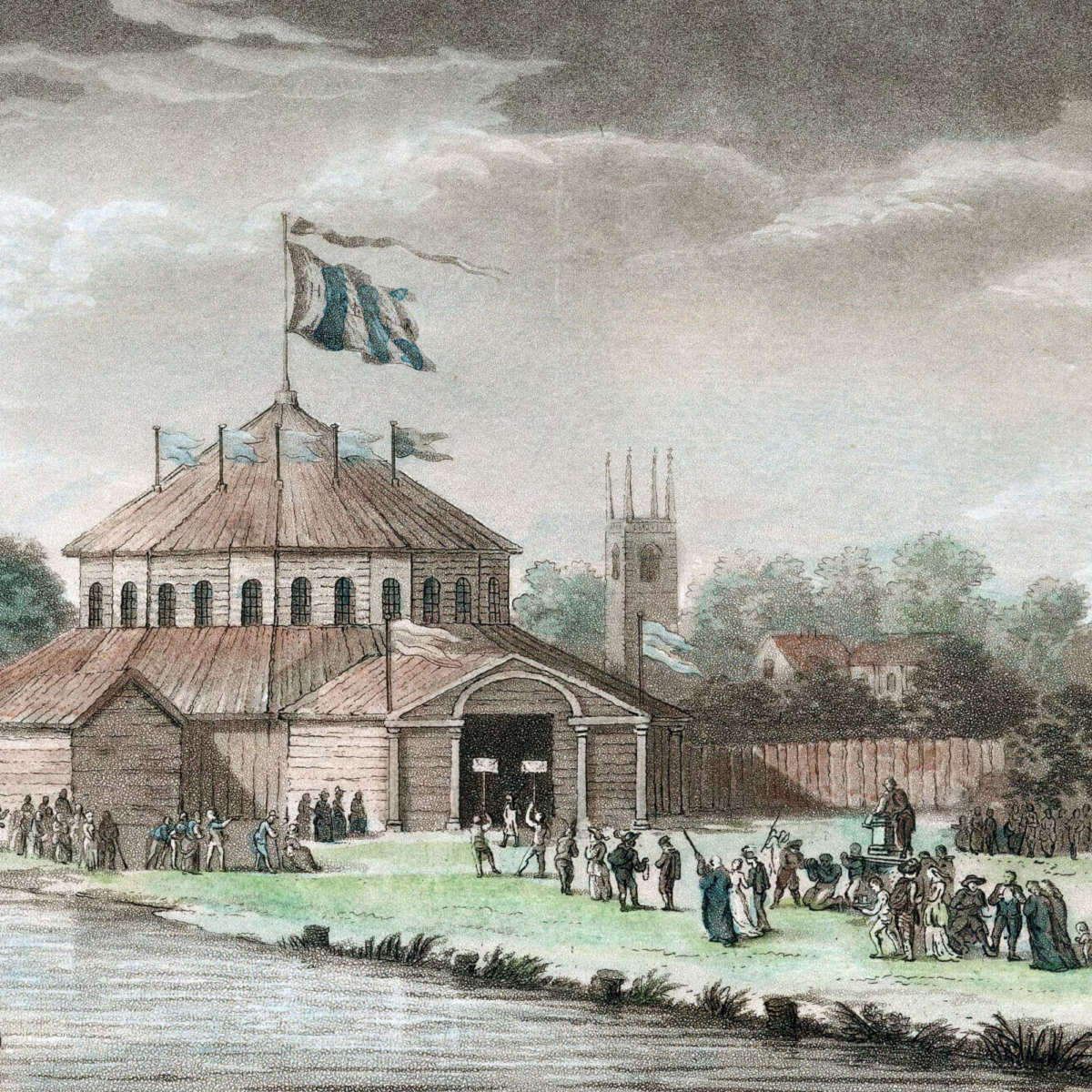
Later in life (and before children) I enjoyed volunteering to help our company with putting on the local “Shakespeare on the Green” plays.
Charlotte Mason believed that we should be exposed to Shakespeare continuously throughout life and that he “might well be the daily bread of the intellectual life.”
“Shakespeare is not to be studied in a year; he is to be read continuously throughout life, from ten years old and onwards. But a child of ten cannot understand Shakespeare. No; but can a man of fifty? Is not our great poet rather an ample feast of which every one takes according to his needs, and leaves what he has no stomach for?”
Charlotte mason, Vol. 5, Formation of Character, p 226
Why Teach Shakespeare to Children
Including Shakespeare in a Classical Charlotte Mason homeschool enriches education in profound and meaningful ways.
Shakespeare’s works are unparalleled in their use of rich, expressive language. Charlotte Mason believed in exposing children to great literary works because they shape a child’s appreciation for what is true, good, and beautiful.
And they also aid in character formation.
While not all of the Shakespeare’s works are moral or appropriate for children, we can learn a lot from reading some of them together.
His plays explore timeless themes such as love, courage, justice, ambition, and betrayal. These stories allow children to wrestle with complex moral questions and develop empathy as they see characters struggle with human challenges.
This aligns with Mason’s emphasis on forming character through great ideas and literature.
“We probably read Shakespeare in the first place for his stories, afterwards for his characters, the multitude of delightful persons with whom he makes us so intimate that afterwards, in fiction or in fact, we say, ‘She is another Jessica,’ and ‘That dear girl is a Miranda’; ‘She is a Cordelia to her father,’ and, such a figure in history, ‘a base Iago.’ To become intimate with Shakespeare in this way is a great enrichment of mind and instruction of conscience. Then, by degrees, as we go on reading this world-teacher, lines of insight and beauty take possession of us, and unconsciously mould our judgments of men and things and of the great issues of life.”
Charlotte mason, Ourselves, vol. 4, book 2, p 71
Shakespeare Plays for Children
If you’re new to the world of Shakespeare or feeling a bit intimidated, I want to encourage you that it doesn’t have be complicated. Generally, we read Shakespeare together as a family as a part of our common subjects. And we usually start with some of the comedies in the earliest years.
Shakespeare’s imaginative settings — those lovely, enchanted forests, mysterious islands, and medieval castles — all spark creativity and curiosity in children (and the mother-teacher too!)
By engaging with his plays, our imaginations are awakened to inspiring storytelling, art, music, and dramatic play.
And creating an education in wonder is our main goal, is it not? 😉
Let me share a quick insight…
Recently, one of my children has been enthralled with one of our recent Shakespeare readings. She has enjoyed narrating to dad in the evenings and he’s been quite impressed with her enthusiasm and storytelling.
And these are the things that make us proud as mother-teachers!
Where to Start
Here’s a list of Shakespeare plays often recommended for children, divided by age range. But, I want to also say that every child is different, and how you wish to schedule them with your family is up to you as the mother-teacher.
Note: these are only a few suggestions to get started with Shakespeare. I would recommend that you look into each play and decide on the maturity of your student beforehand.
Ages 7–9:
- A Midsummer Night’s Dream — This is always a favorite choice among all of our children!
- The Tempest
Ages 10–12:
- Macbeth
- Twelfth Night
- Coriolanus
- Henry V
- King Lear
- Merchant of Venice
- Julius Caesar
- King John
Age 16+
- Much Ado About Nothing
- Hamlet
- Romeo and Juliet
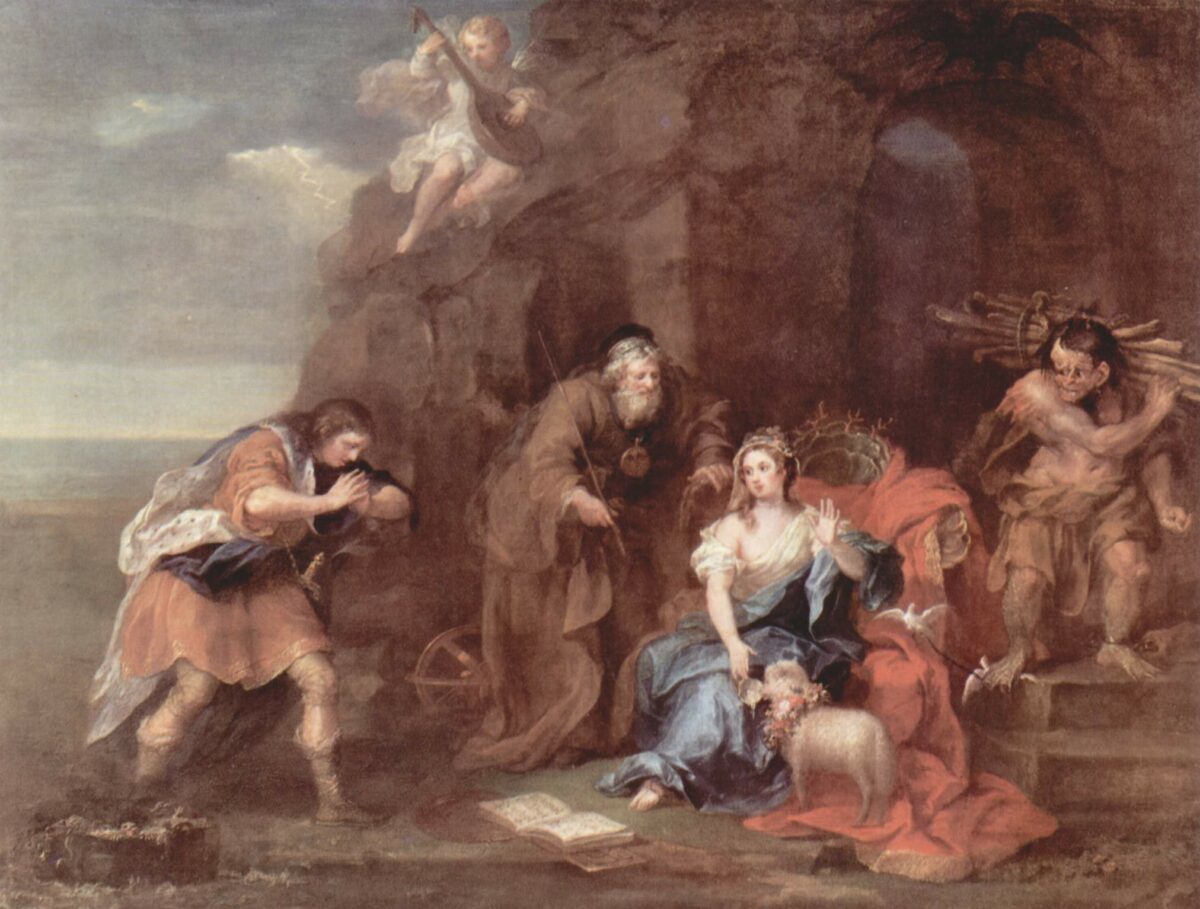
Shakespeare Lessons in the Classical Homeschool
In the PNEU schools, Shakespeare was introduced in Form 2. But we usually have read through the retellings earlier in Form 1.
We cover 3 Shakespeare plays per year in our homeschool — 1 per term.
We start the beginning of the term with a retelling in the first week. These are the versions we’ve used throughout the years and love:
- “Tales from Shakespeare” by Charles and Mary Lamb: These prose retellings preserve Shakespeare’s language while simplifying the plots for younger readers.
- “Beautiful Stories from Shakespeare” by Edith Nesbit: A delightful introduction with engaging, age-appropriate language.
- “Shakespeare’s Stories” by Leon Garfield: A richer, more dramatic retelling for older children, closer to the original text.
Bruce Coville also has beautiful picture books on some of these plays if you’re interested in looking into these.
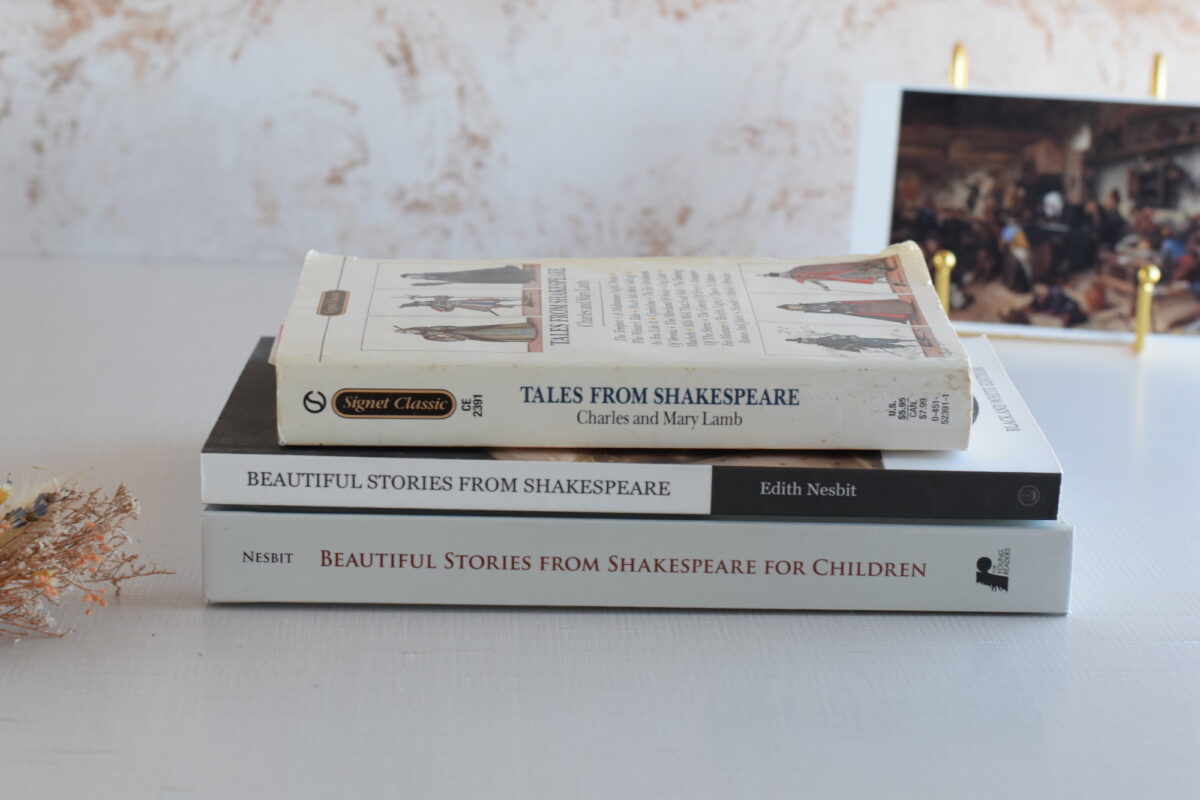
Audio + Live Plays
The next week after we’ve read the retelling, we begin reading / following along with a dramatized version on Audible. The Folger and Arkangel dramatizations are great and what we usually choose to listen to.
Towards the end of the term, we will watch a play. We don’t have anything available locally to see them live. And we would have to travel to see the “Shakespeare on the Green” that was put on in our state. But it recently closed down. So, I’ve found resources for plays recorded and available online — I preview before each term.
I’ve found that there are lovely small production plays and sometimes high school versions online that are well done and modestly dressed. You just usually have to hunt around to find them.
“To become intimate with Shakespeare in this way is a great enrichment of mind and instruction of conscience. Then, by degrees, as we go on reading this world-teacher, lines of insight and beauty take possession of us, and unconsciously mould our judgments of men and things and of the great issues of life”
Charlotte mason, ourselves, Vol. 4, Book 2, p 72
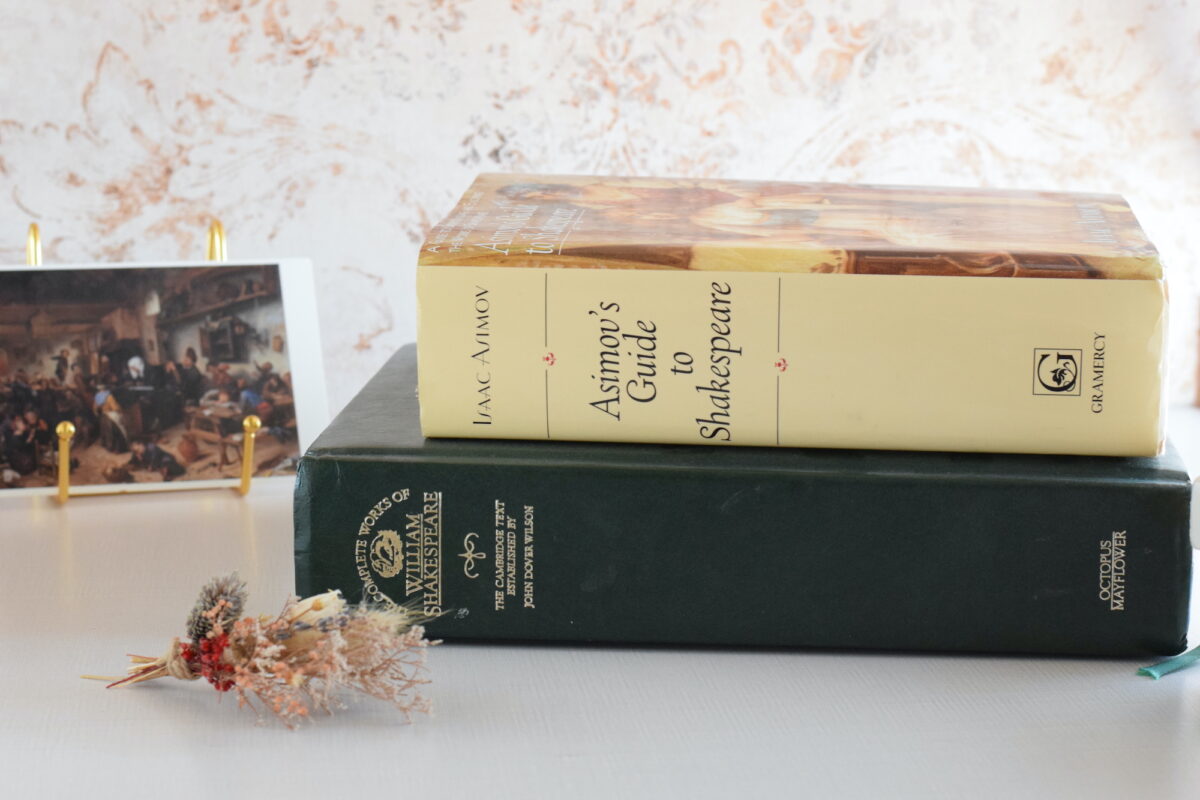
Books + Teacher Resources
Each student receives their own copy of the play to follow along with from the Dover editions. These copies are very budget friendly especially when you have multiple students. They also contain only the play without additional content, which is nice for the student.
Asimov’s Guide to Shakespeare – this is a great guide to understanding Shakespeare and has excellent maps for each play. This is for teacher’s reference only.
Folger Shakespeare – these are what I use a mother-teacher and they have a lot of great references / information. And they are only for a teacher’s guide, not student’s use.
Oxford School Shakespeare – another great option for the mother-teacher and a bit more budget friendly.
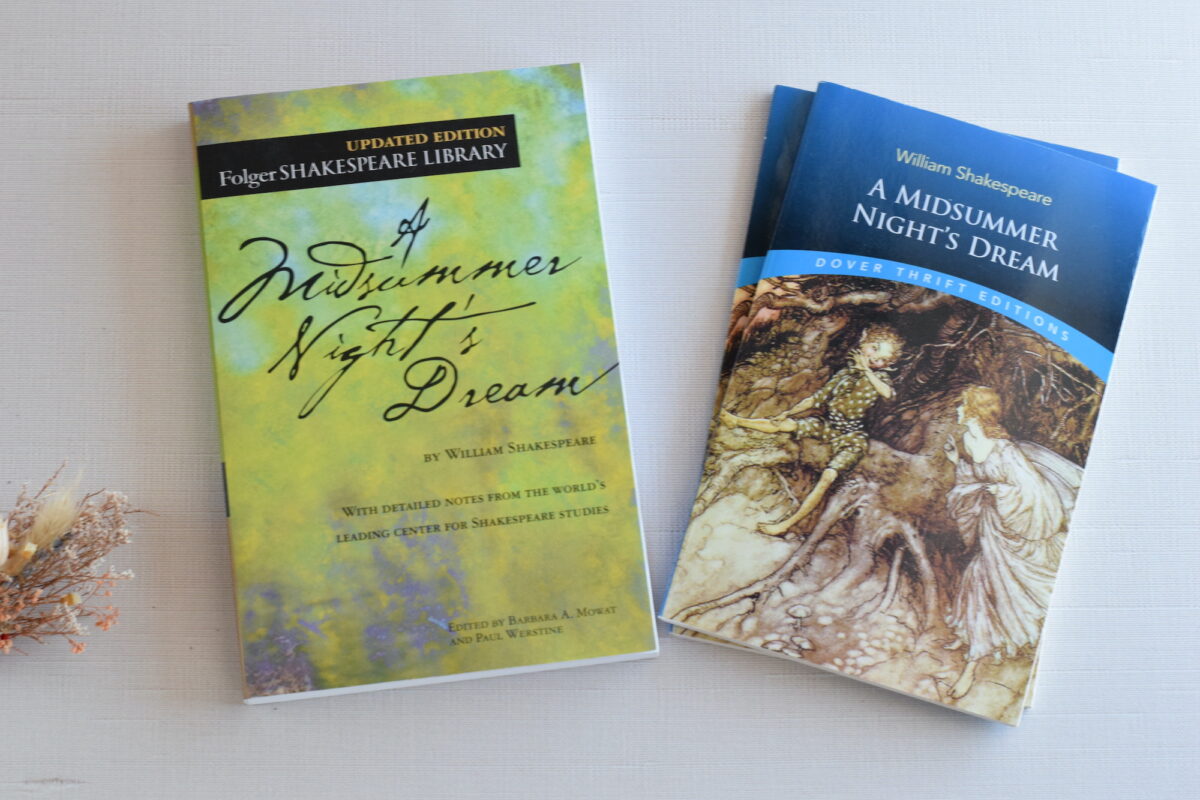
Narration + Recitation
After reading or listening to a retelling, I encourage the children to narrate the story / scene back in their own words.
But I also don’t push for a long formal narration as we would with some of our other lessons. I want them to enjoy it more as something to richly contemplate.
My children have been using props and puppets for narration and it’s been really helpful for them to recall the scenes of the play.
Bluebirds and Blackberries has printable puppets available for many of the Shakespeare plays and my children love throughly enjoy narrating with them.
These are especially helpful for younger children to reenact scenes while engaging their imaginations.
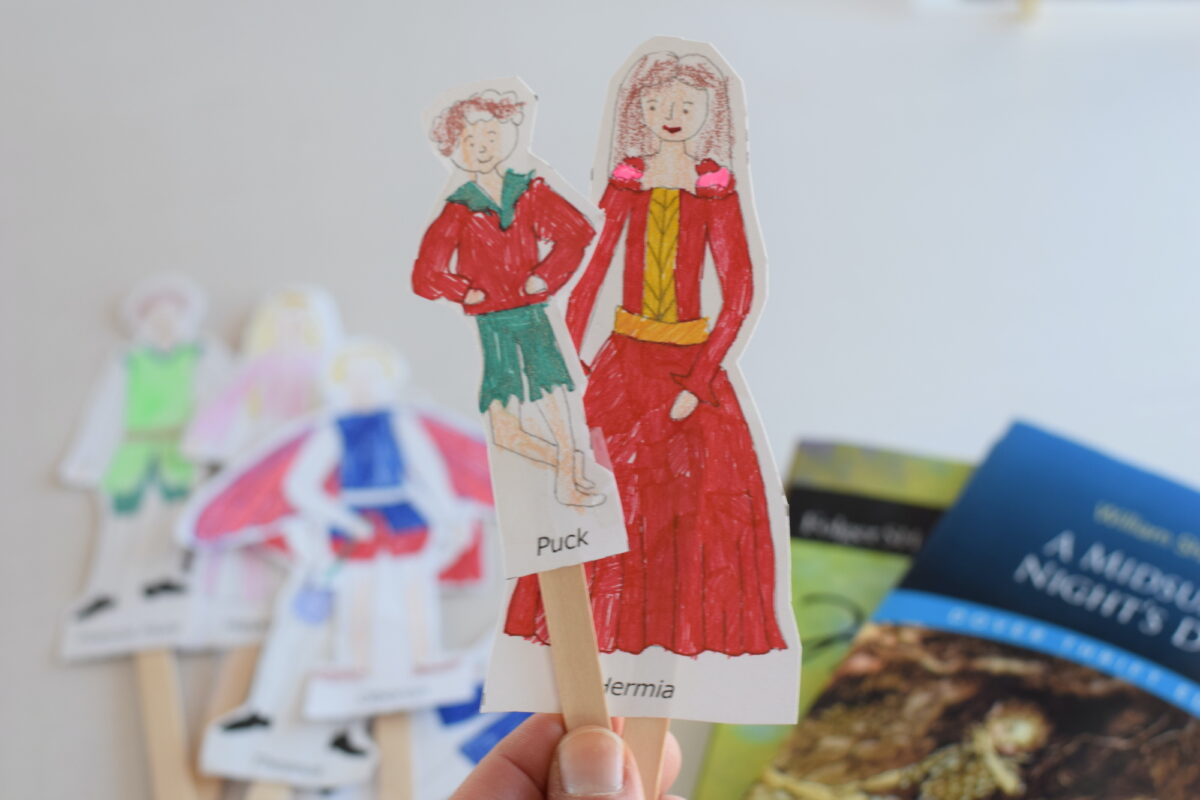
Other narration ideas:
- Perform short, simplified scenes as a family or homeschool co-op. Props and costumes can add fun, but a simple staging is equally effective.
- Puppets or toy figurines (peg dolls are great too) can help younger children reenact scenes. Again, this is a favorite method in our home.
- Encourage children to act out their favorite Shakespearean scenes in the natural world, sparking imaginative play inspired by the plays’ forest or island settings.
- Younger children might create illustrations of their favorite scenes, while older ones could write notebook / diary entries. And I think that writing letters from a character’s perspective might be fun too. I have actually been thinking of doing this myself as a mother-teacher. ☺️
For recitations, I will pull selections from the week’s reading for the children to practice. They’ll also have some short selections for copy work.
It is a good practice to recite them with expression to build a love of language and improve elocution.
Through narration, recitation, and discussion, Shakespeare trains children in the habits of careful listening, attentive observation, and critical thinking.
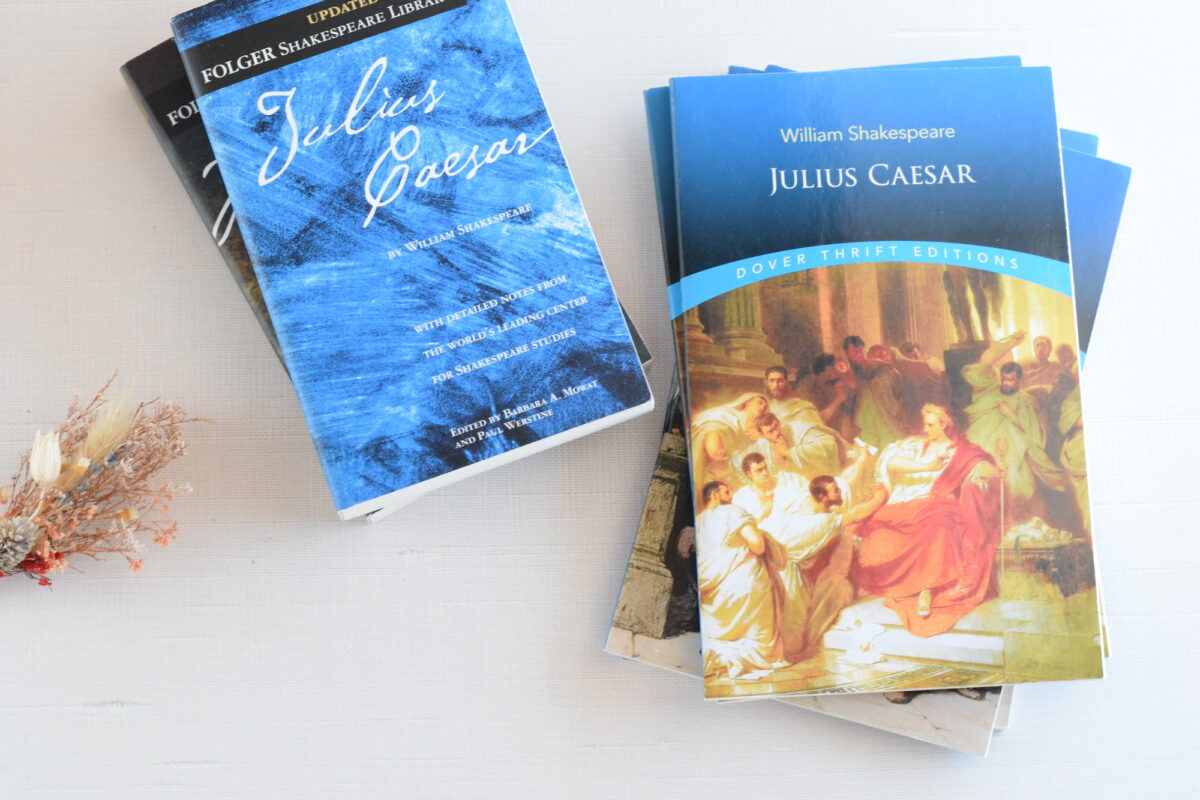
Nature Study + Handicrafts
If you’re looking for even more fun activities to add to your learning of Shakespeare in the Classical Homeschool; here are a few ideas for nature study & handicraft activities:
- For A Midsummer Night’s Dream, study local wildflowers or create fairy houses in the garden. We love building whimsical gardens for the children to enjoy with us.
- For The Tempest, explore weather phenomena or create water-themed art.
- Make masks, crowns, or props tied to the plays (e.g., a crown for Julius Caesar or a dagger for Macbeth).
Artist + Picture Study
For art / picture study, I’ve found that there are many lovely paintings on Wiki Art that you can pull up and use in lessons.
This website also has many that you can search for and select images to use. Be sure to preview them ahead of time, as there may be some not-so-appropriate for a Christian to look at. I always tread lightly with some of the art sources.
Here’s a few to get started:
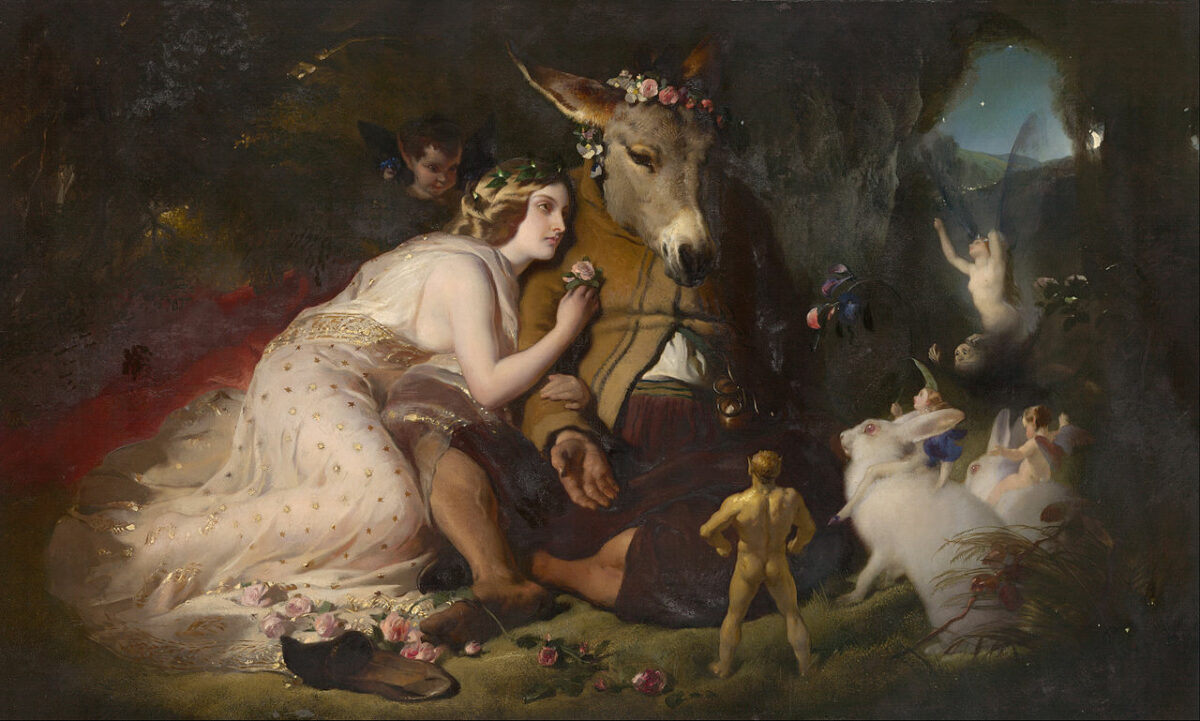
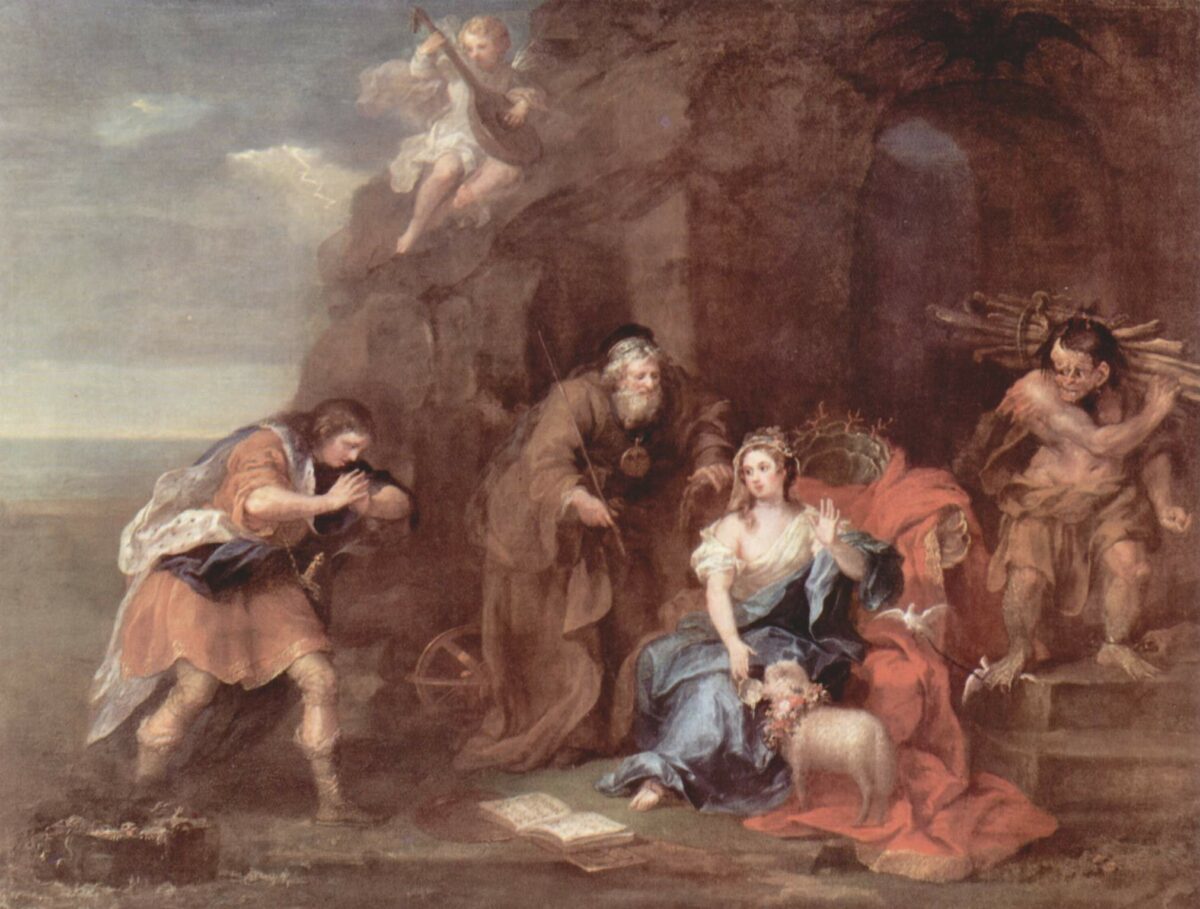
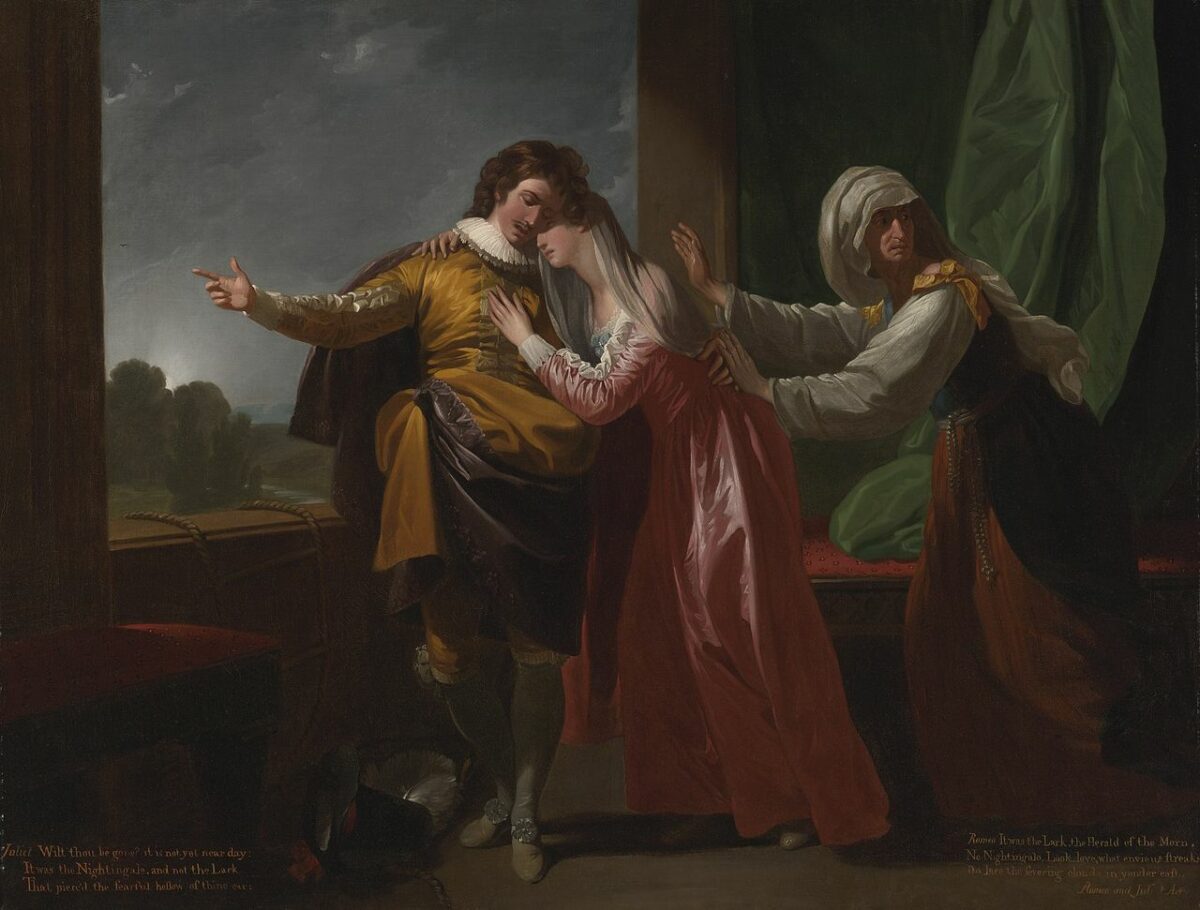
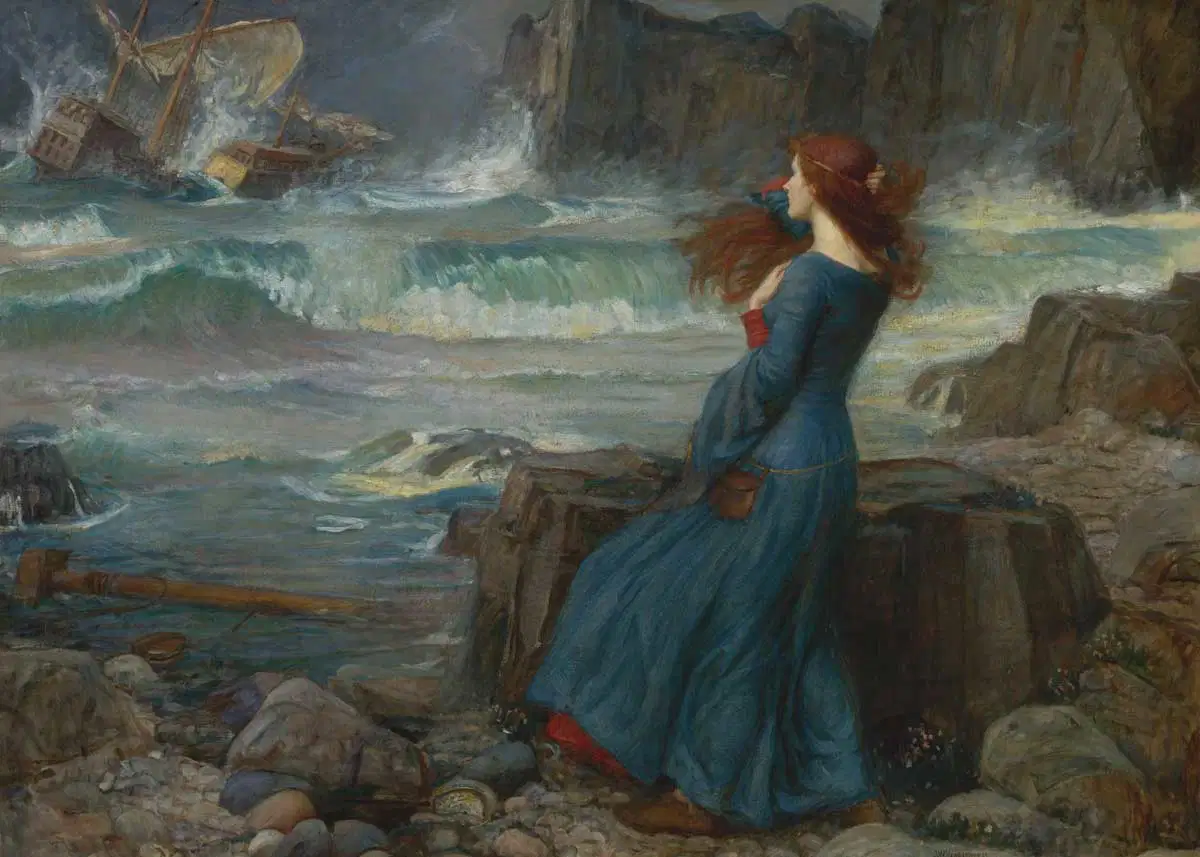
Here are a few specific artists / paintings to search for.
- John William Waterhouse (Miranda – The Tempest)
- Sir John Gilbert (Shakespeare’s Characters)
- Edwin Austin Abbey (The Play Scene in Hamlet)
- Arthur Rackham (Illustrations of A Midsummer Night’s Dream)
- Frank Dicksee (Romeo and Juliet)
You can find more access to paintings to at these sites:
- The Tate Gallery (UK) – Features many Pre-Raphaelite and Romantic-era paintings inspired by Shakespeare.
- The National Gallery (UK) – Holds Shakespearean art from famous artists.
- The Metropolitan Museum of Art (The Met, NY) – Hosts artwork related to Shakespeare in its open-access collection.
- The Folger Shakespeare Library – A dedicated Shakespeare research center with paintings, engravings, and more.
- Google Arts & Culture – Search “Shakespeare” to find high-quality digital images of paintings from museums worldwide.
I hope that you’ve found this post about how we learn Shakespeare in our Classical Homeschool helpful. Comment below and let us know your thoughts and what your favorite resources are.

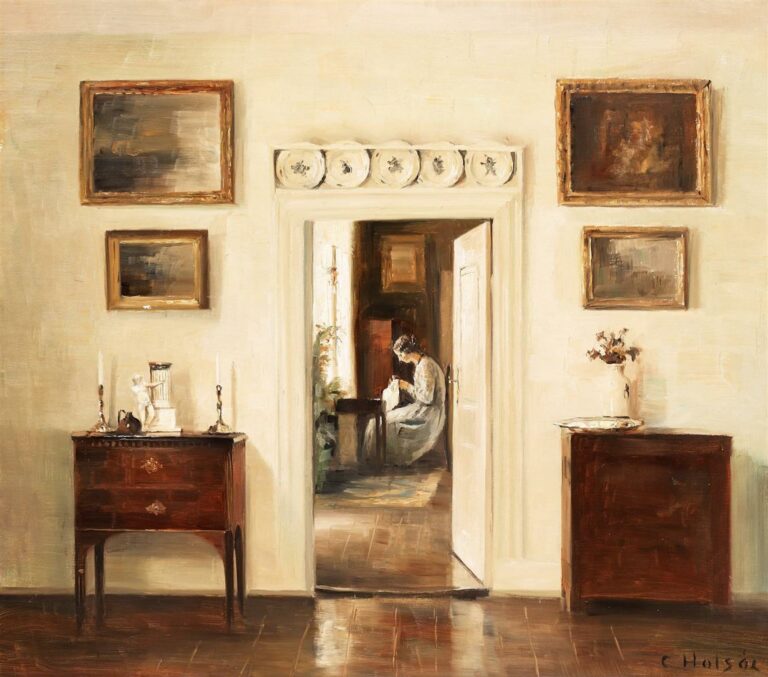


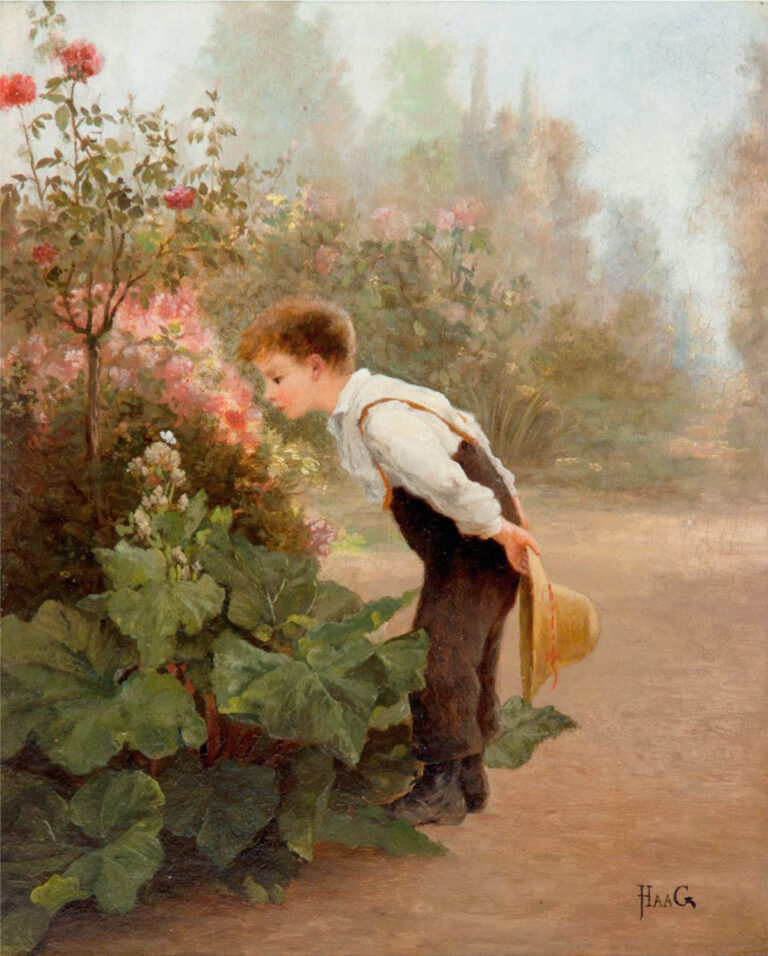
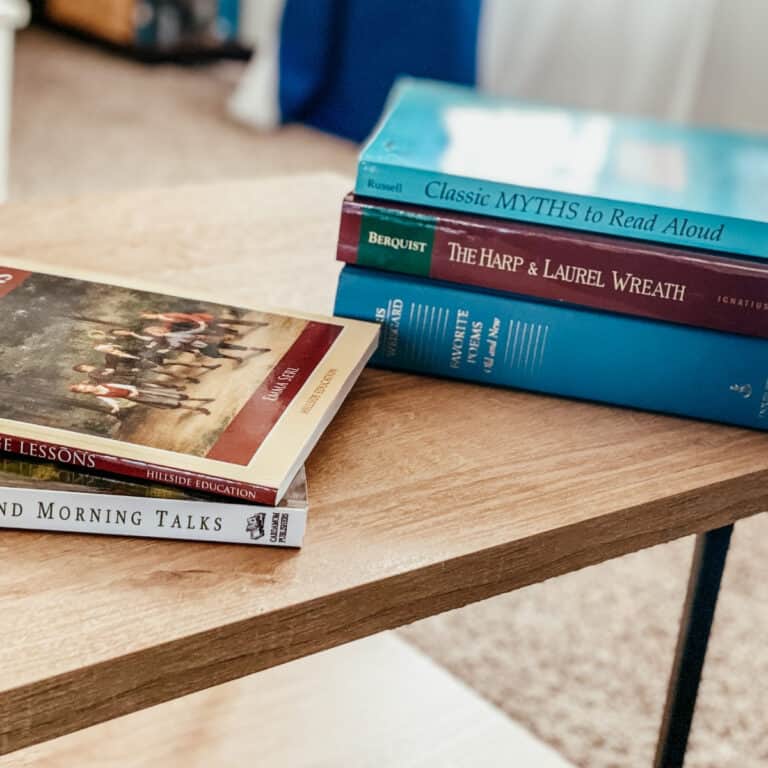
Thank you greatly for such a detailed post. It is well timed as I am about to start a new term in April with my 12-year-old and will be doing Shakespeare for the first time. I am curious why you stated that the Folger’s copy was for “teacher use only” as this is the copy that I had planned on having him follow along with as we read. Thank you in advance for any insight you may be able to offer.
Hi Aretha! Well, there isn’t anything wrong with using it. I prefer using the Folger editions for teacher reference and prep because of the additional content added, and the Dover editions for the children because it contains the play only without anything extra that would distract them.
Thank you so much for you quick reponse!
You’re welcome! 🙂
Thanks Mary,
I have been “doing”, though certainly not perfectly, Shakespeare with variously aged children for awhile now. But I am always learning, always trying to understand more alongside my kids. Such is life for the poorly public educated! I am using many of these resources, but you have shown me a few new ones. I love the idea of using art with Shakespeare, had not even thought of that. I have just now discovered, thanks to your list that Arthur Rackham illustrated A Midsummer Nights Dream, the play I want to use to introduce my 6 year old son to Shakespeare. I love Rackham’s illustrations, so am hunting out an ebay copy.
I also like to add in a Shakespeare movie at the end of term. Often the older ones are best.
Thank you Mary, you are always an inspiration for me.
Thanks for the sweet compliment, Tania! I love to add in beauty whenever we can into our days…and shared our favorite paintings in this post. But of course, there’s still so many that I didn’t add into this little post. Good luck on the hunt for Rackham’s versions, his artwork is stunning. 🙂
I first stumbled upon this wonderful site while preparing for a talk on the topic, “love for reading”. Everything here resonates with my most cherished ideas borne through many years and that I too would now like to share with young people. Thanks for the beauty and wonder!
Thank you for sharing with me. 🙂 I’m so glad that you’re here!